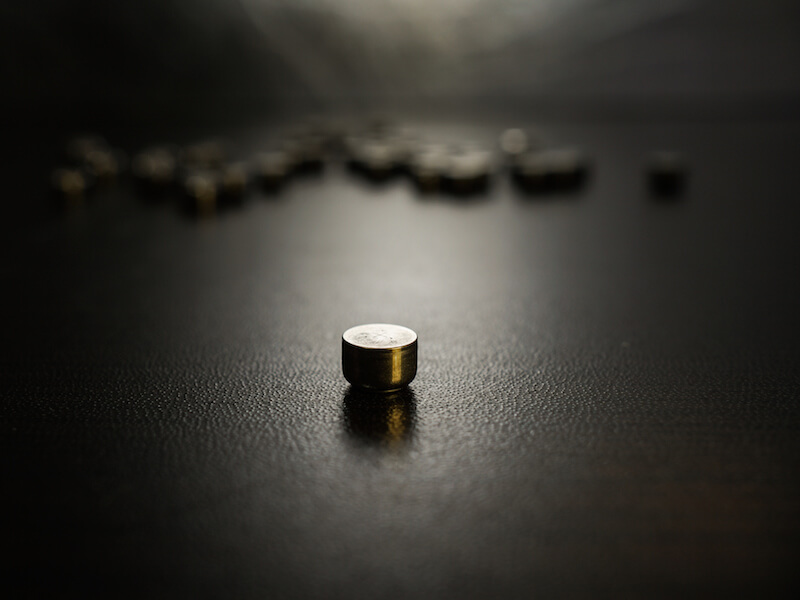
Modern technology has changed the way we power electronics of every kind, from radios to cameras to phones. A powerful, rechargeable hearing aid battery is finally realizing the hopes of hearing aid manufactures to replace the antiquated disposable power sources of the past.
Size 312 batteries are the most prevalent of the disposable batteries that have typically been used to power hearing aids. The most popular form of this battery, now, is “zinc-ion”.
Disposable Hearing Aids Have a Downside
The presence of air effects a zinc-air battery, as the name suggests. The user has to tear a little tab off the back of a 312 zinc-air battery to activate it.
As soon as it is fully oxygenated, it begins to lose power. So the power is draining even if the user isn’t currently using it.
Most users consider the duration of life to be the greatest drawback of disposable batteries. Some reports have cited the standard life expectancy of a size 312 disposable battery to be between 3 and 12 days, which means users may need to replace their batteries about 120 times every year.
That also means users may need to buy 120 batteries, spend the time twice every week to replace them, and correctly dispose of each. From a cost point of view alone, that likely equals more than $100 in battery costs.
Improvements in Rechargeable Batteries
Rechargeable hearing aid technology has advanced to the point where it’s now a practical solution and that’s great news for people who wear hearing aids.
Studies have demonstrated that most individuals overwhelmingly prefer to use rechargeable hearing aids. Until recently these models have historically struggled to provide a long enough charge to make them worthwhile. However, modern developments now allow an entire day of use per charge.
Rechargeable batteries won’t save users substantial amounts of money, but they will make quality of life better.
In addition to supplying 24 hours of charge time, these contemporary models lead to less frustration for the user, since there’s no more changing and properly disposing of batteries. Instead, they only need to pop out the battery and put them in a convenient tabletop charging unit.
A disposable battery nearing the end of its life simply can’t work at full capacity. And you can’t determine how near the battery is to failing. So the batteries could die at the exact moment that a user needs them the most which could even put them in danger. Not only is this a safety concern, but users could miss out on significant life moments due to a dead battery.
Types of Rechargeable Hearing Aid Batteries
There are distinct advantages to each of the different materials that rechargeable batteries are made of. Integrated lithium-ion batteries are one option being used by manufacturers because they can hold a charge for 24 hours. You may be surprised to know that this same type of technology is what charges and powers your smart-phone.
Another type of contemporary rechargeable battery is a silver-zinc. This innovative approach was originally manufactured for NASA’s Apollo missions to the moon. With this technology, even your current hearing aids can most likely be upgraded to run on rechargeable batteries. Just like lithium-ion, silver-zinc can also provide enough power to last you for a full day.
Some models even allow you to recharge the battery while it’s still in the hearing aid. At night, or at some other time when the hearing aid isn’t in use, the entire hearing aid can be put right into the charger
While each of these rechargeable solutions provides substantial advantages over disposable batteries, each approach should be carefully vetted to get a complete picture and to identify if it’s best for you.
If you’re looking for more information about hearing aid technology or how to determine the best hearing aid to satisfy your needs, we encourage you to take a look at our hearing aids section.